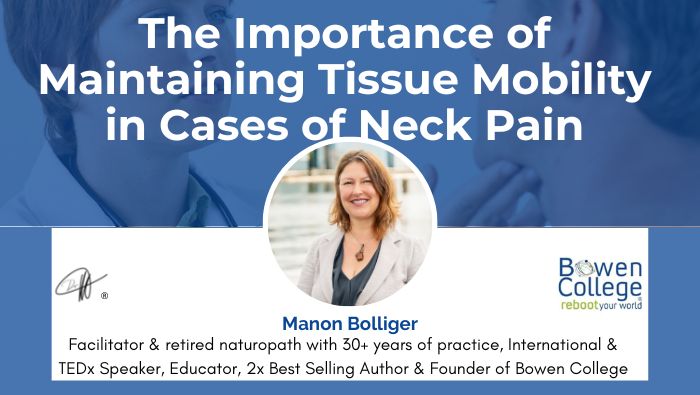We’ve seen over the last several posts that the standard explanations for pain related to whip last, tending to identify it with lesions and their effects, is increasingly challenged in the research literature.
Few insightful studies demonstrate successful treatments for chronic neck pain. Apart from whiplash injuries, other types of trauma may also result in chronic neck pain. Furthermore, it is
not known whether a traumatic origin for chronic neck pain − especially whiplash injury − has any influence on the character of pain itself.
It is my experience that it is important to maintain normal tissue mobility. It is helpful psychologically and functionally to reinforce commitment to the healing process. Tissue mobility is critical in addressing pain, especially to avoid it becoming chronic. Enhanced mobility can help normalize vascular flow, decrease the buildup of metabolic waste, increase lymphatic flow and decrease swelling, freeing normal neural structure and function.
It can also decrease adaptive body patterns that might be maintaining chronic pain signals, and normalize autonomic nervous system function, thus decreasing abnormal strain on the associated somatic and visceral structures. To achieve tissue mobility, it is essential to break these maladaptive patterns and have the person recognize these changes so as to start reinforcing positive feedback loops.
In my next post, I’ll explore more deeply the relevance of the autonomic nervous service.









